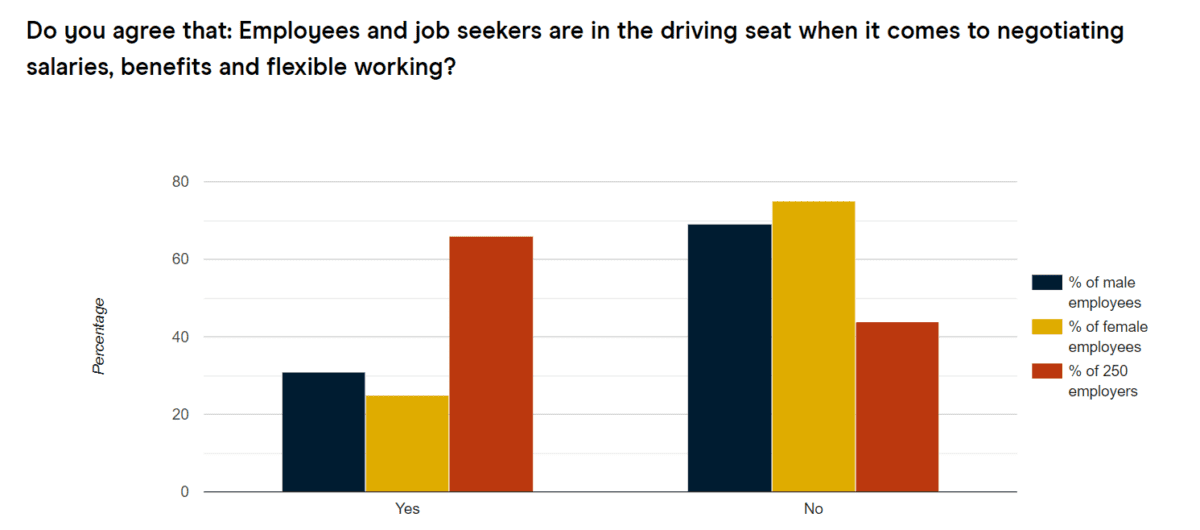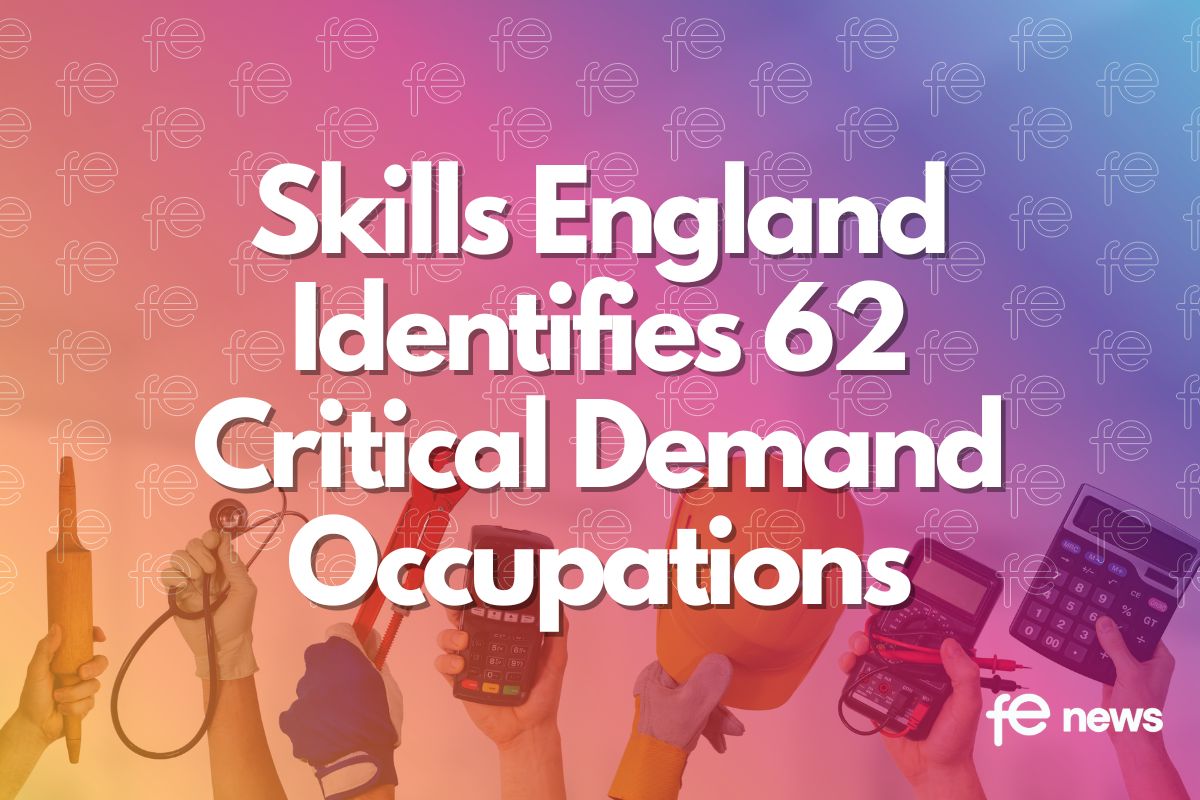Rising inflation may widen the UK’s gender pay gap

In a recent pay rise study by HR and payroll software provider CIPHR, it was revealed that women were less likely than men to have been awarded a salary increase that was in line with or above the rate of inflation for 2022 (14% compared to 22% respectively).
A greater proportion of women than men also reported getting a lower pay rise. Of the women who had received a pay rise to date, two-fifths (40%) said it was below inflation. Just a third (32%) of the men who received a pay rise said the same.
According to the Office for Budget Responsibility, pay is not expected to keep pace with inflation this year, or next, so these findings suggest that the UK’s gender pay gap may grow – or remain relatively unchanged in the year ahead.
With the deadline for the government’s 2021-22 gender pay gap reporting year looming, there’s not too long to wait to find out whether some of the UK’s biggest employers (those with 250 employees or more) have been helping to reduce the country’s gender pay gap. According to the latest figures from the Office for National Statistics (ONS), which are not based on this compulsory reporting, the average median gender pay gap for all employees was 15.4% in 2021. This means that women, on average, earn 85p for every pound earned by a man.
Looking at the data of the 5,062 employers who have published their gender pay gap figures for the 2021-22 reporting year so far (by 3pm on 28 March 2022), over three-quarters (77%) of organisations pay their male employees more than their female employees. Only one in seven (13.4%) pay women more, and only one in 10 organisations (9.6%) reports having no pay gap. The average median hourly pay gap, which these calculations are based on, is 11.9%.
Those figures will change, of course, as the deadline for public-sector organisations to report and publish their gender pay gap figures is 31 March, while for private companies and charities it’s 5 April. Either way, the gender pay gap will be far from zero for most and it’ll be seven more months until the effects of inflation on men’s and women’s average hourly rates of pay will be reported on in detail by the ONS in its annual gender pay gap statistical bulletin.
Pay isn’t the only disparity
Further analysis of CIPHR’s pay rise survey results, based on a poll of 1,001 employees last month, suggests that pay isn’t the only gender disparity at work.
Aside from the significant difference in how men and women perceived their last pay rise (41% of men thought that it was fair, compared to just 32% of women), men also appear to have access to more flexible working options
When asked whether they had been offered a flexible working location by their employer, only a third (34%) of women said yes compared to over two-fifths (42%) of men.
Less than a third (29%) of the women surveyed work mostly from home, while over a third (37%) of men do. Conversely, nearly three-quarters (71%) of women work mostly onsite at their employer’s work premises, compared to around three in five (63%) men. This could be due to an individual’s personal preference, but also that many jobs can’t be done remotely.
According to the findings, women are, at least statistically, less likely than men to be offered any of the following by their employer: a four-day work week (offered to 13% of women and 23% of men); entitlement to set their own hours and working schedule (offered to 21% of women and 29% of men); entitlement to work remotely from abroad on a temporary or permanent basis (offered to 9% of women and 25% of men); and unlimited paid holidays (offered to 7% of women and 16% of men).
The only exception was flexible working hours, which was offered to 48% of men and women equally (although this should be available to all employees to request under flexible working rules).
It is perhaps unsurprising then that so few women – only one in four (25%) – agree with the statement that ‘employees and job seekers are in the driving seat when it comes to negotiating salaries, benefits and flexible working’, despite most (66%) employers thinking that they are.
Younger workers are the most likely to feel in control of their career, with 43% of men and 35% of women aged 18-24 years old agreeing that employees and job seekers are ‘in the driving seat’. As do over a third (35%) of men aged 35-54 years old. More experienced female workers are less inclined to agree, however, as just a quarter (25%) of women aged 35-54 years-old think that they are ‘in the driving seat’.
The least confident group in this regard are male workers aged over-55. Nearly nine in 10 (88%) of them think that it’s their employer who is firmly ‘in the driving seat’ at work.
To help organisations understand what’s required when publishing and reporting their gender pay gap figures for 2021-22, including advice for employers approaching the 250-employee threshold for the first time, CIPHR has updated its guide to Gender pay gap reporting for 2022.
More than 600 organisations use CIPHR’s people management platform globally across the public, private and non-profit sectors, with customers including Bunzl UK, Booktrust, Bryanston School, Cardinal Maritime, Cera Care, Claire’s Accessories UK, ClientEarth, Cornwall Hospice Care, Dudley Building Society, Early Years Alliance, Greater Manchester Academies Trust, Information Commissioner’s Office, Leightons Opticians & Hearing Care, Met Office, Norton Way Motors, Pro-Direct Sport, RML Group, Safestyle UK, The National Museum of the Royal Navy, The Royal Society of Medicine, Vision Direct, Volkswagen Group UK, Walsall Housing Group, and Willerby.












Responses